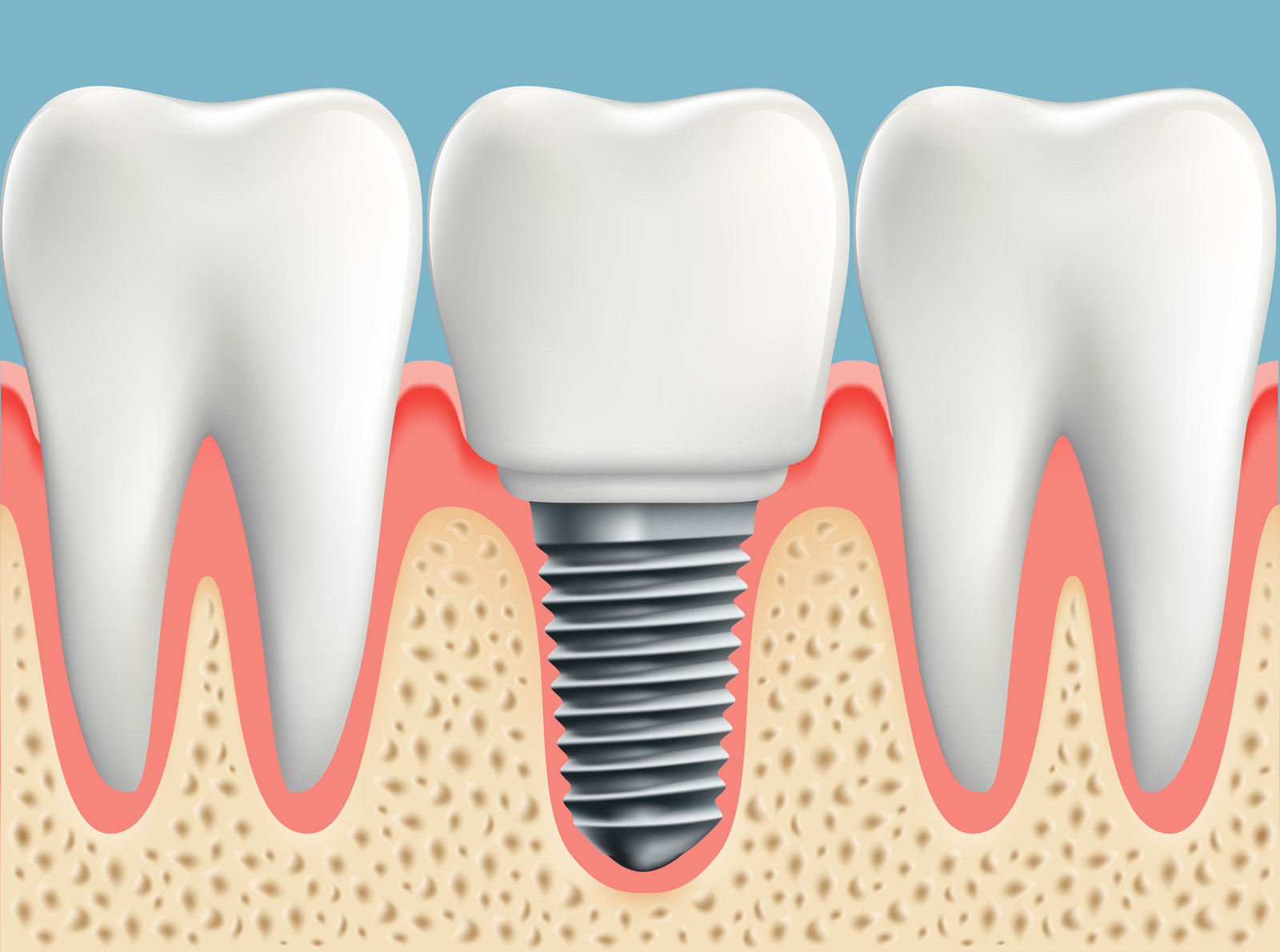
New research has found that microthreaded dental implants could preserve crestal bone.
The study, published in the Journal of Oral Implantology, investigated how the design of the implant affects the mouth.
The researchers from the University of Dammam in Dammam, Saudi Arabia, and the University of Kentucky in Lexington, Kentucky, wanted to find out if using a microthreaded-neck design would preserve more of the crestal bone, the part of the bone at the top (or ‘neck’) of the implant that supports the replacement teeth.
To test their hypothesis, the researchers conducted a systematic review of 23 articles, which were derived from three electronic scientific databases, and published between January 1995 and June 2016.
The review analysed the effectiveness of using an implant with a microthreaded-neck design versus the more traditional machine- or rough-surface implants. The researchers concluded that the addition of deeper threads on the implant allowed for more stabilisation between the implant and the bone, especially with weaker bones. They also noted that the threads created more bone-to-implant contact and allowed for more of the bone to be preserved.
The researchers stated that: ‘This research was one of the early projects that provide high evidence from literature on the design of the most current generation of dental implants. That includes a continuous micro-rough or nano-rough surface extending up to the implant neck, along with microthreads in the cervical region. So, the aim of this systematic review was to evaluate and analyse the effect of a microthreaded-neck implant on [crestal bone loss], as determined by various clinical trials.’
This study shows that thread geometry does affect the amount of stress and strain that is put on the implant, and that crestal bone loss can be minimised. This finding helps practitioners to make a more informed decision when choosing a type of implant for their patients. The researchers believe that additional randomized controlled trials are necessary to evaluate how the microthread implant will affect different types of bone loss under different implantation techniques.
The study, Microthreaded Implants and Crestal Bone Loss: A Systematic Review, can be found here.


